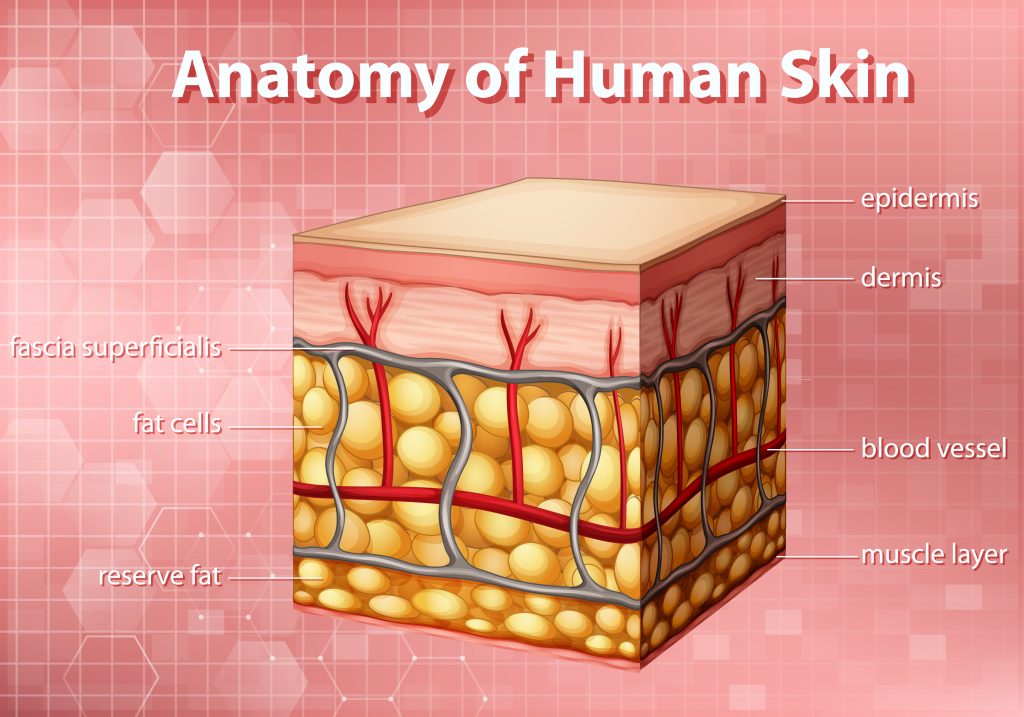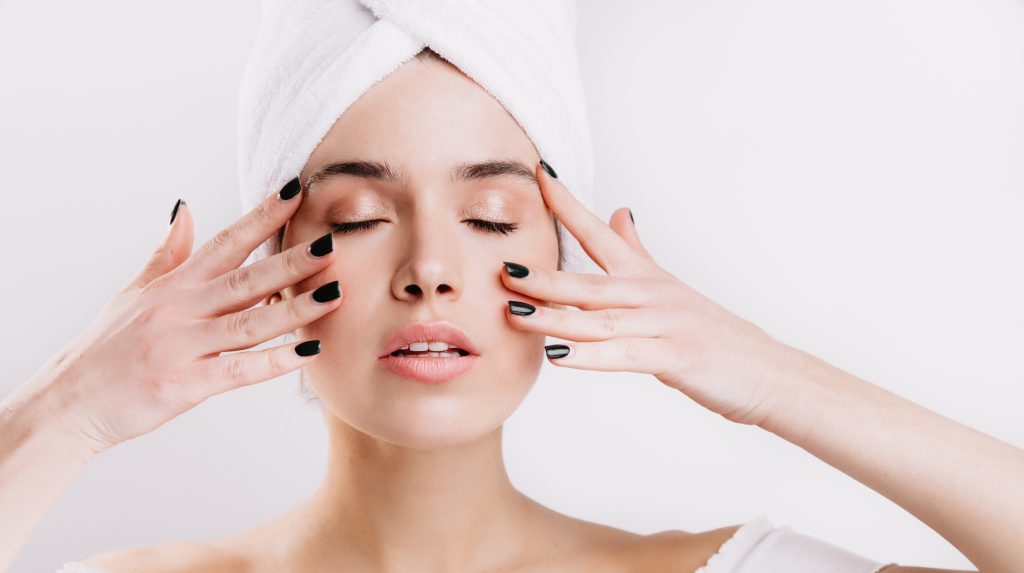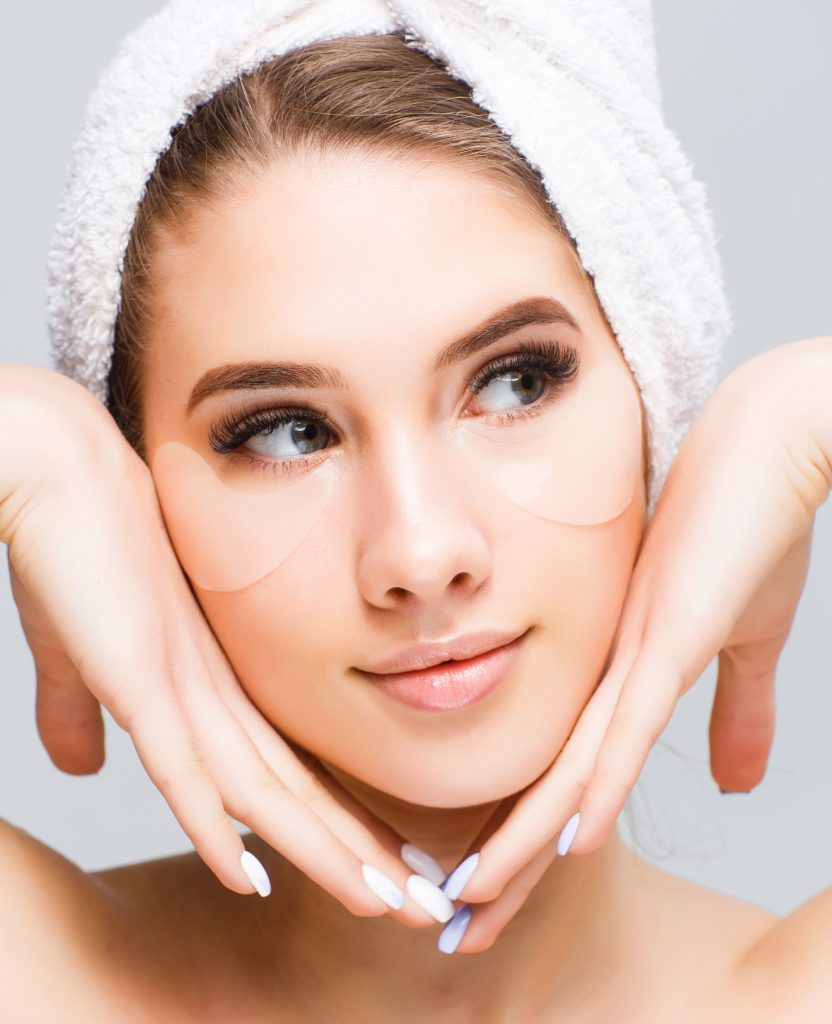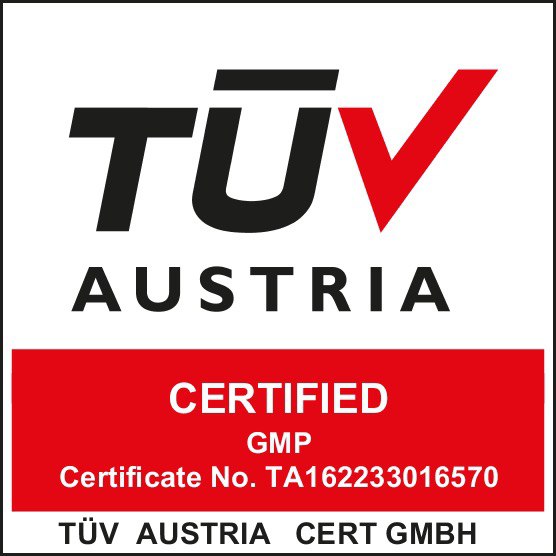Understanding Your Skin
Understanding Your Skin: A Comprehensive Guide
Introduction:
Our skin is the largest organ of our body, serving as a protective barrier between our internal organs and the outside world. Understanding the structure and functions of the skin is crucial for its proper care and maintenance. This article aims to provide you with a comprehensive guide to understanding your skin and its unique characteristics.

1- Skin Structure:
The skin is composed of three layers: the epidermis, dermis, and hypodermis (subcutaneous tissue).
- Epidermis: The outermost layer of the skin, primarily made up of dead skin cells called keratinocytes. It acts as a barrier against environmental factors and regulates water loss.
- Dermis: The middle layer that contains blood vessels, nerves, hair follicles, and sweat glands. It provides structural support and supplies nutrients to the epidermis.
- Hypodermis: The innermost layer composed of fat cells that insulate the body, regulate temperature, and serve as an energy reserve.
2- Functions of the Skin:
The skin performs several vital functions:
Protection: It acts as a physical barrier against bacteria, viruses, UV radiation, and other harmful agents.
Sensation: Nerve receptors in the skin allow us to sense touch, temperature, pressure, and pain.
Regulation: The skin regulates body temperature through sweat production and dilation or constriction of blood vessels.
Absorption: Certain substances can penetrate the skin, allowing for the absorption of medications and skincare products.
Excretion: Sweating helps eliminate toxins and waste products from the body.
Vitamin D synthesis: The skin produces vitamin D when exposed to sunlight, which is crucial for bone health.


3- Skin Types:
Every individual has a unique skin type, influenced by genetic and environmental factors. The main skin types include:
Normal: Well-balanced skin with a smooth texture and minimal issues.
Dry: Skin lacking moisture, often feeling tight and potentially prone to flakiness.
Oily: Excessive sebum production, leading to shiny skin and a higher risk of acne.
Combination: A mix of dry and oily areas, typically with an oily T-zone (forehead, nose, and chin) and drier cheeks.
Sensitive: Skin that reacts easily to various stimuli, such as chemicals, fragrances, or temperature changes.
4- Skincare Routine:
To maintain healthy skin, it is essential to establish a proper skincare routine:
Cleansing: Use a gentle cleanser to remove dirt, oil, and impurities without stripping the skin.
Exfoliation: Regular exfoliation helps remove dead skin cells, improving skin texture and promoting cell turnover.
Moisturizing: Apply a suitable moisturizer to nourish and hydrate the skin, preventing dryness and maintaining its elasticity.
Sun Protection: Protect your skin from harmful UV rays by wearing sunscreen with an appropriate SPF.
Healthy Lifestyle: A balanced diet, regular exercise, hydration, and quality sleep contribute to overall skin health.
Conclusion:
Understanding your skin is the key to maintaining its health and beauty. By knowing your skin type, structure, and functions, you can tailor your skincare routine to address its specific needs. Remember to listen to your skin and adapt your routine accordingly. With proper care, you can enjoy radiant and nourished skin that reflects your inner beauty.




